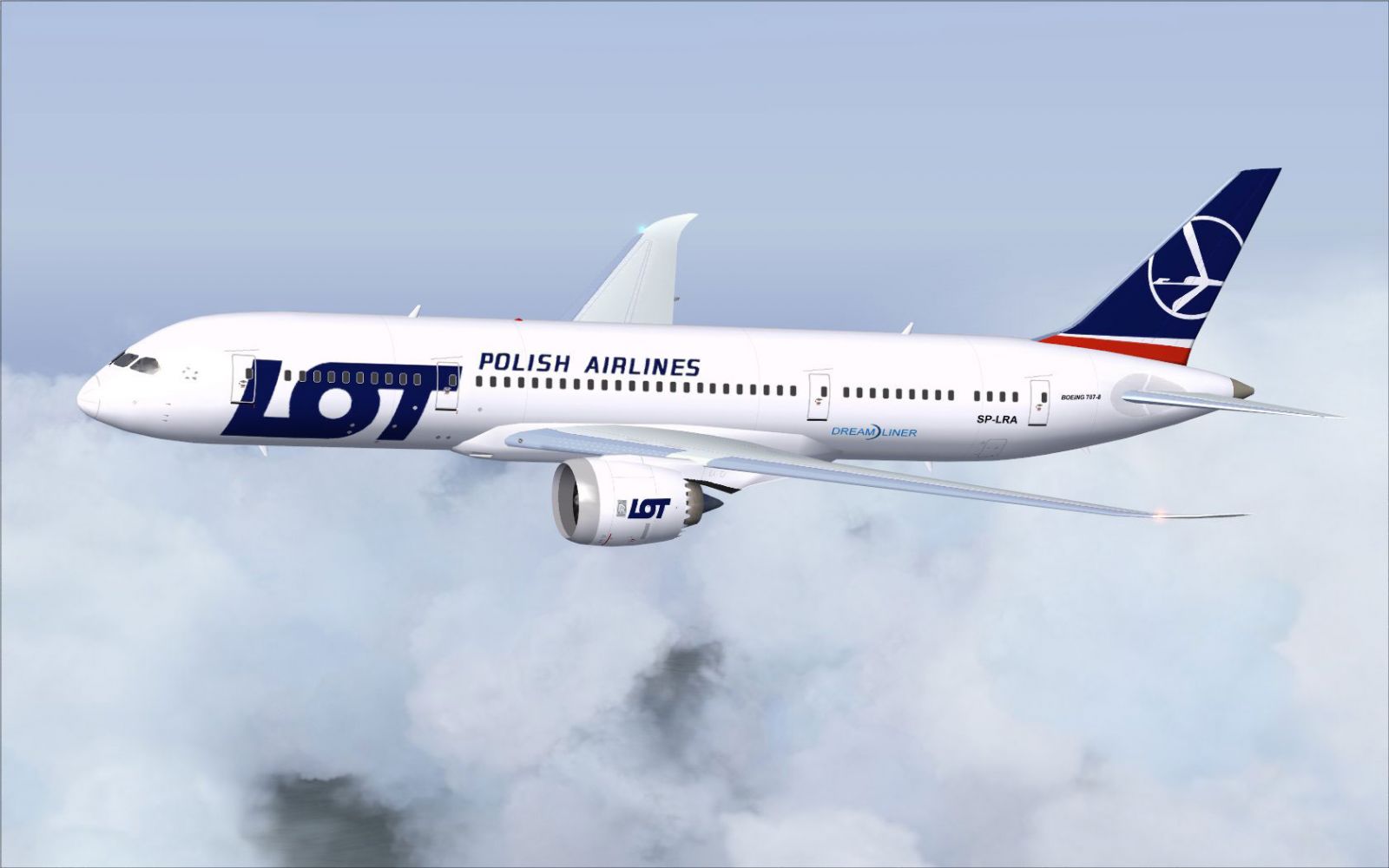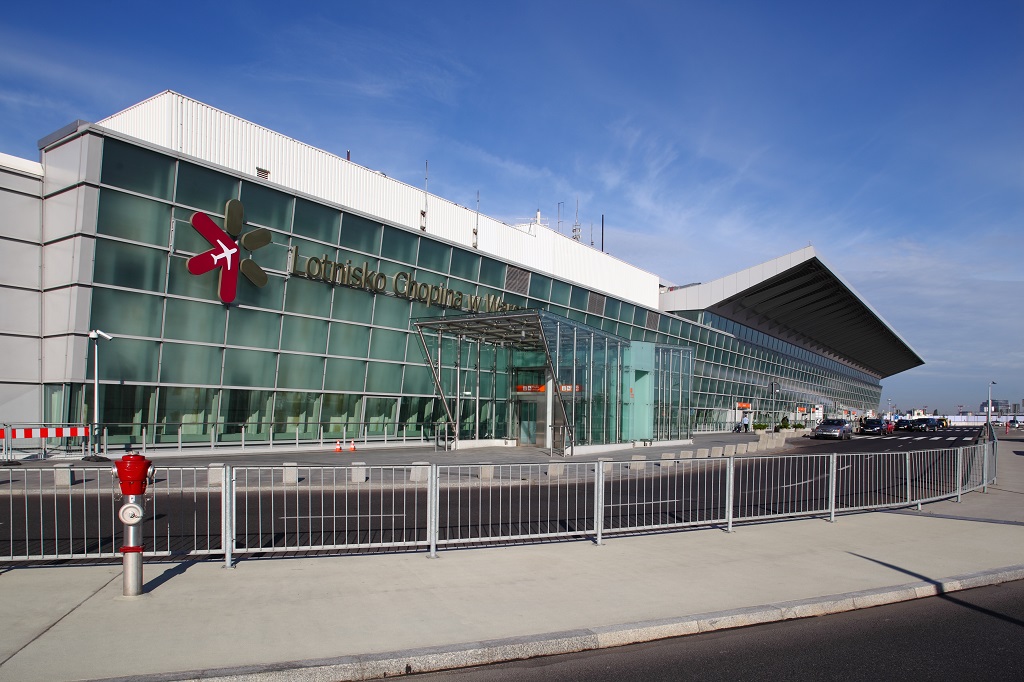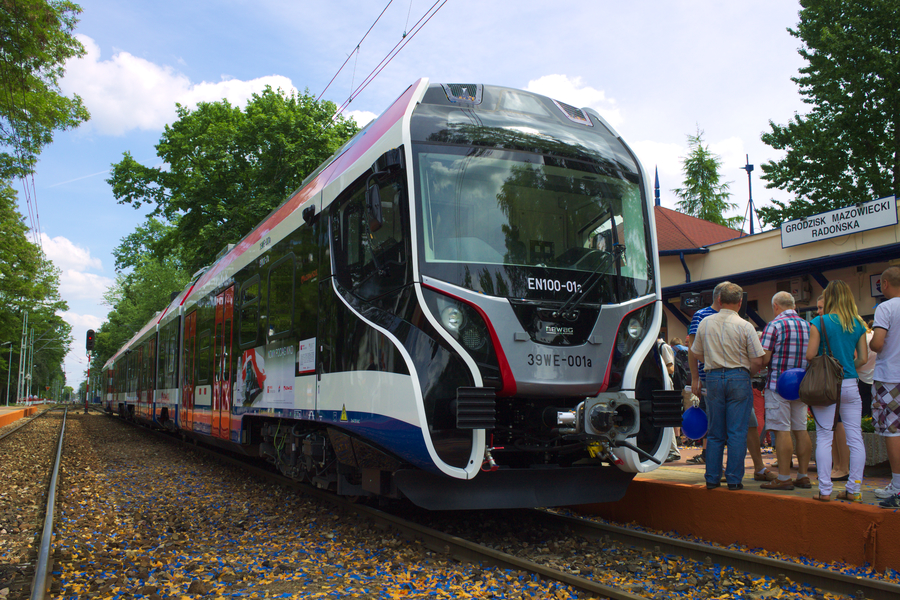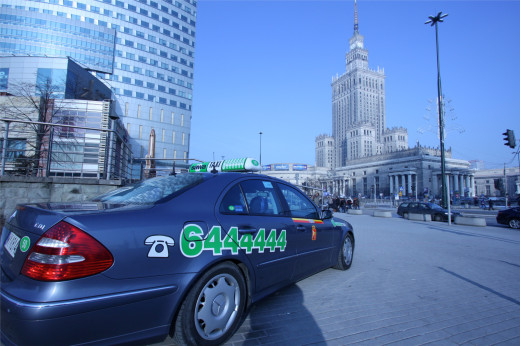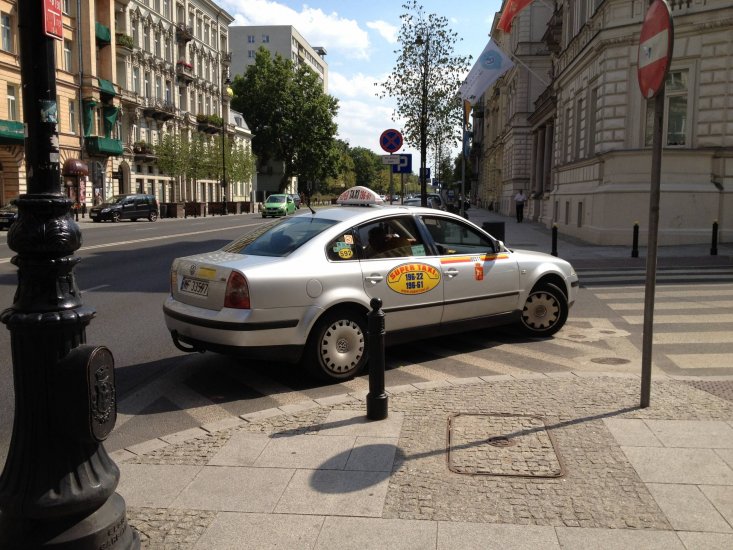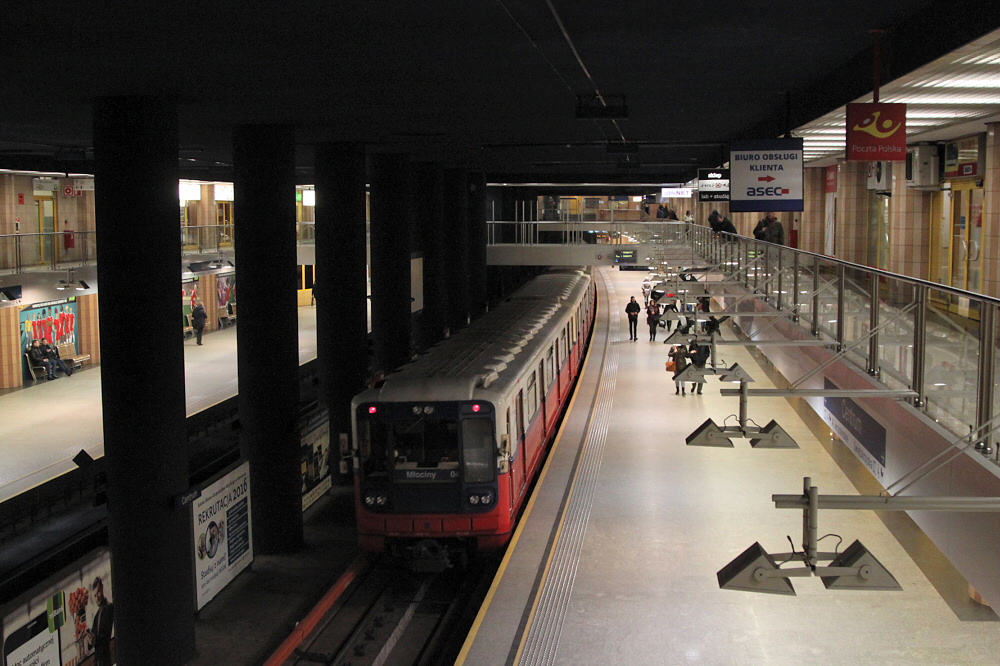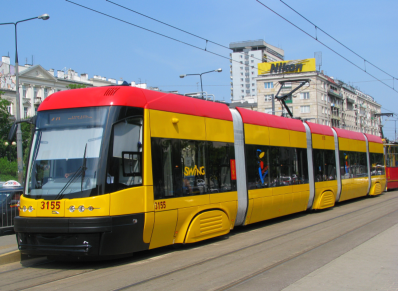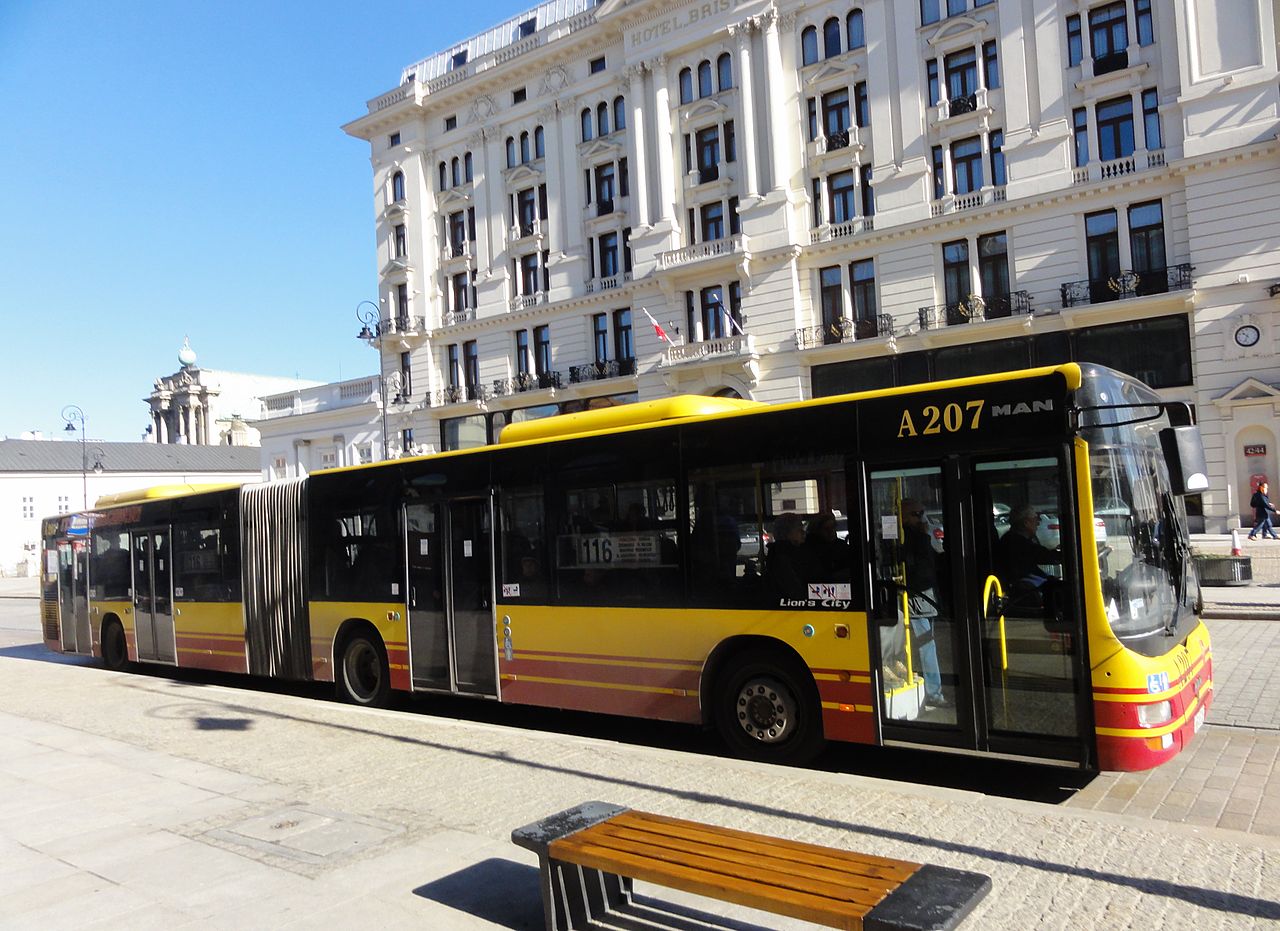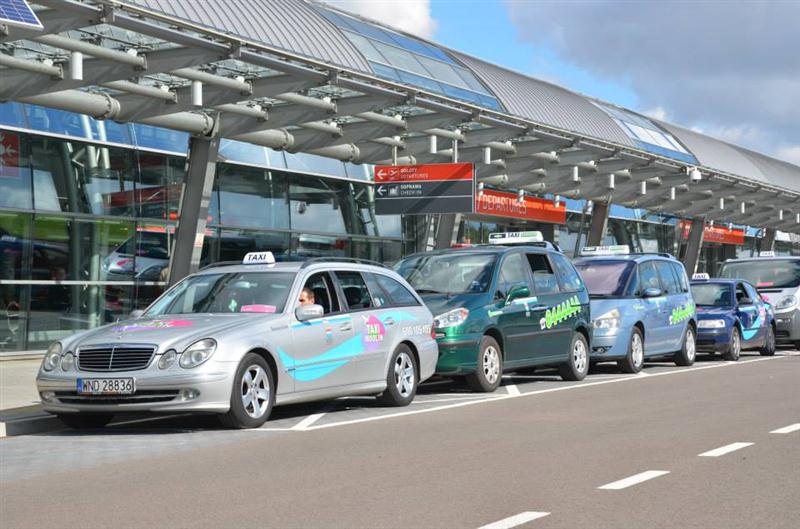
|
|

Conference Location
|
|
History |
Middle Ages |
|
16th to 18th centuries |
|
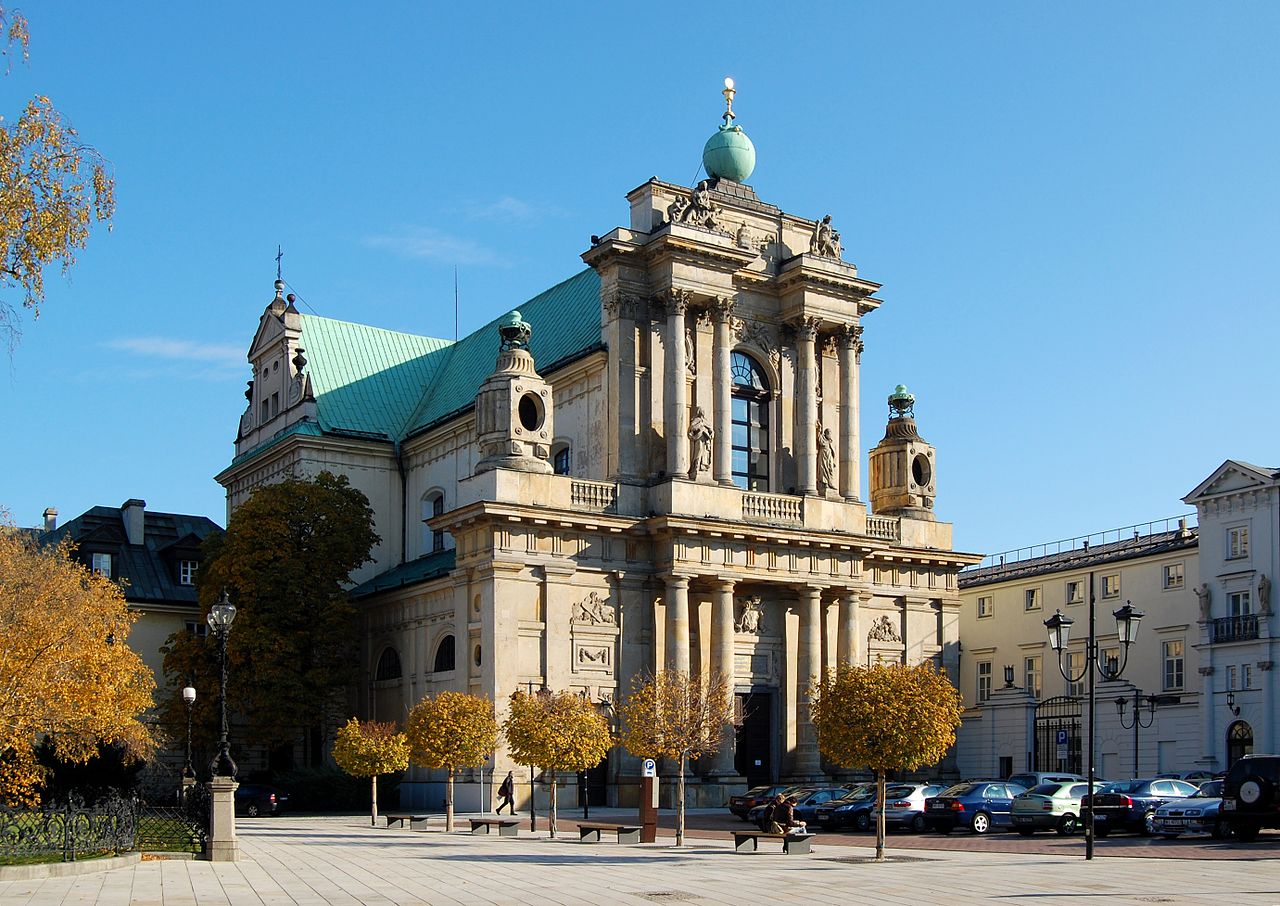 |
In 1700, the Great Northern War broke out. The city was besieged several times and was obliged to pay heavy contributions.[24] Warsaw turned into an early-capitalistic principal city. Stanisław II Augustus, who remodelled the interior of the Royal Castle, also made Warsaw a centre of culture and the arts. This earned Warsaw the name of the Paris of the east. |
|
19th Century Following the repeated violations of the Polish constitution by the Russians, the 1830 November Uprising broke out. However, the Polish-Russian war of 1831 ended in the uprising's defeat and in the curtailment of the Kingdom's autonomy. On the 27th of February 1861 a Warsaw crowd protesting against the Russian rule over Poland was fired upon by the Russian troops. Five people were killed. The Underground Polish National Government resided in Warsaw during January Uprising in 1863–64. |
|
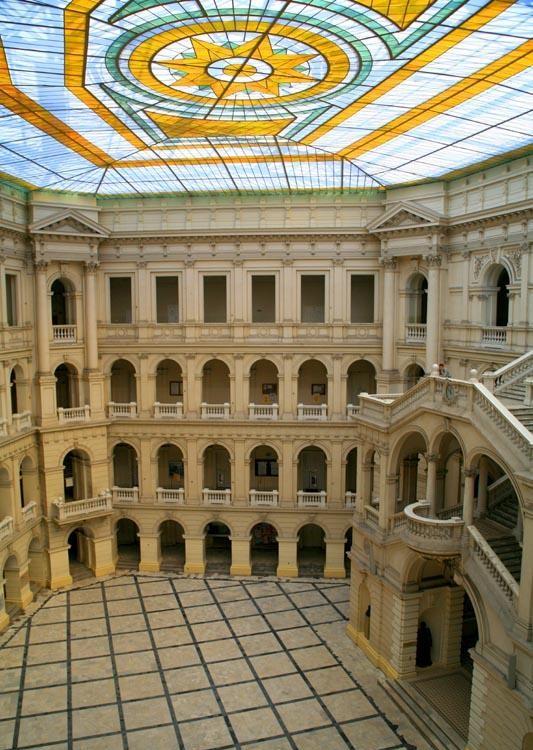 |
Warsaw flourished in the late 19th century under Mayor Sokrates Starynkiewicz (1875–92), a Russian-born general appointed by Tsar Alexander III. Under Starynkiewicz Warsaw saw its first water and sewer systems designed and built by the English engineer William Lindley and his son, William Heerlein Lindley, as well as the expansion and modernisation of trams, street lighting and gas works. The Russian Empire Census of 1897 recorded 626,000 people living in Warsaw, making it the third-largest city of the Empire after St. Petersburg and Moscow. |
|
20th Century
Second World War - |
|
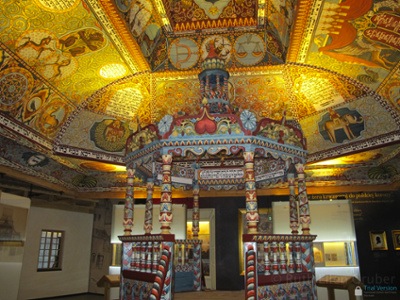   |
The Warsaw Uprising took place in 1944. The Polish Home Army attempted to liberate Warsaw from German occupation before the arrival of the Red Army. By July 1944, the Red Army was deep into Polish territory and pursuing the Germans toward Warsaw. Knowing that Stalin was hostile to the idea of an independent Poland, the Polish government-in-exile in London gave orders to the underground Home Army (AK) to try to seize control of Warsaw from the Germans before the Red Army arrived. Thus, on 1 August 1944, as the Red Army was nearing the city, the Warsaw Uprising began. The armed struggle, planned to last 48 hours, was partially successful, however it went on for 63 days. Eventually the Home Army fighters and civilians assisting them were forced to capitulate. They were transported to PoW camps in Germany, while the entire civilian population was expelled. Polish civilian deaths are estimated at between 150,000 and 200,000. The Germans then razed Warsaw to the ground. Hitler, ignoring the agreed terms of the capitulation, ordered the entire city to be razed to the ground and the library and museum collections taken to Germany or burned. Monuments and government buildings were blown up by special German troops known as Verbrennungs- und Vernichtungskommando ("Burning and Destruction Detachments"). About 85% of the city had been destroyed, including the historic Old Town and the Royal Castle. On 17 January 1945 – after the beginning of the Vistula–Oder Offensive of the Red Army – Soviet troops entered the ruins of Warsaw, and liberated Warsaw's suburbs from German occupation. The city was swiftly taken by the Soviet Army, which rapidly advanced towards Łódź, as German forces regrouped at a more westward position. |
|
1945–1989: Warsaw during the People's Republic
Recent times: 1989–present - |
|
Parts of this text and pictures were copied from 
Conference Venue
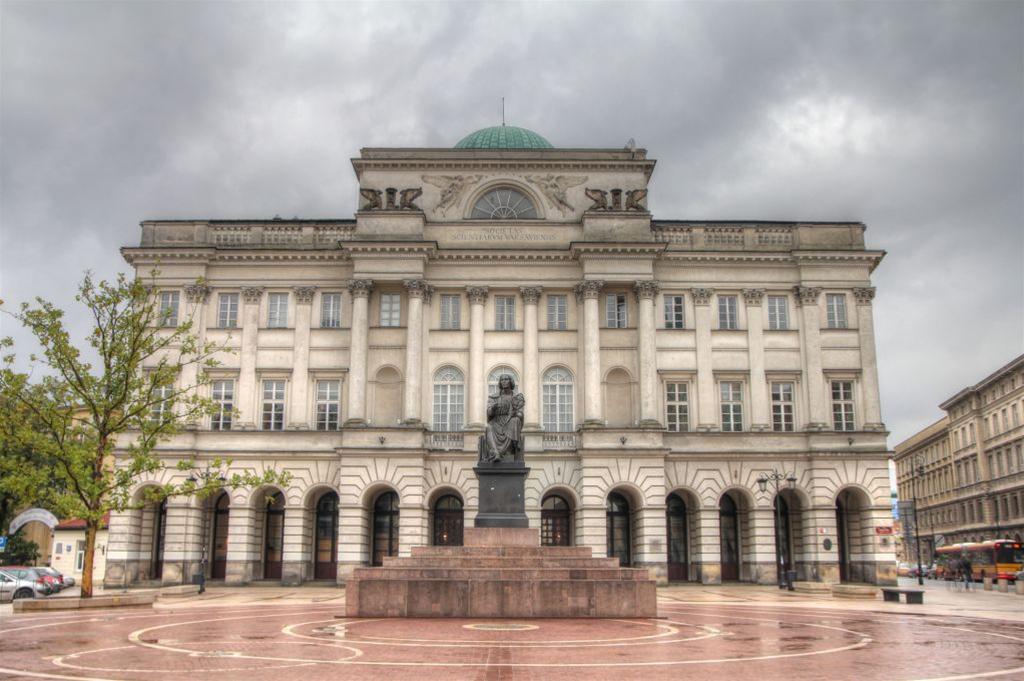
|
Polish Academy of Sciences,
You can download a detailed pdf with the closest metro and tram stations here. |
How to reach Warsaw and the conference venue 
By Plane
|
When arriving by plane in Warsaw you will do so either at one of the two international airports. Namely, Warsaw Chopin Airport, located just 10 kilometres from the city centre, and Warsaw-Modlin Airport, located 35 kilometres to the north. From Warsaw Chopin Airport you can take
From Warsaw-Modlin Airport to reach Warsaw's city centre you have three main options for transport: grab a cab or private shuttle, take a bus to the capital, or board one of the green and yellow shuttles that will take you to Modlin Train Station where you then take a train to your destination.you can take: a taxi. The airport's official taxi partners Sawa Taxi and Taxi Modlin offer transport to the city centre from 159zł (199zł between 24:00 and 06:00). |
By Train |
When coming to Warsaw by train you will most probably arrive at Warsaw Central Station.The station is located in the strict city centre, at the Al. Jerozolimskie and al. Jana Pawła II crossroads. In the vicinity, there is the Centrum subway station, the Warszawa Śródmieście Commuter Train Station and a number of tram and bus stops, which makes it a perfect hub. The building has a great commercial and service offer and is adjacent to the Złote Tarasy shopping mall. There are hotels, restaurants and cafés next to the station. |
By Metro and Tram |
The Tram and Metro systems are run by ZTM Warsaw. You can find all relevant information of routes and charges on their website. |
By Bus |
Buses are run by ZTM Warsaw. You can find all relevant information of routes and charges on their website. |
By Taxi |
Taxis are easily available in Warsaw. Either private or form these companies ELE Taxi, Sawa Taxi, Super Taxi or Taxi Modlin. |
By Car |
Warsaw lacks a good ring road system and most traffic goes directly through the city centre, leading to the third highest level of congestion in continental Europe.[131] The Warsaw ring road has been planned to consist of three express roads: S2, S8 and S17. Currently parts of S2 and S8 are open, with the remaining construction to be finished by 2019. Thanks to the A2 motorway stretching west from Warsaw, which opened in June 2012, the city now has a direct motorway connection with Łódź, Poznań and ultimately with Berlin. |
On Foot
|
to be added |
Warsaw Metro Map
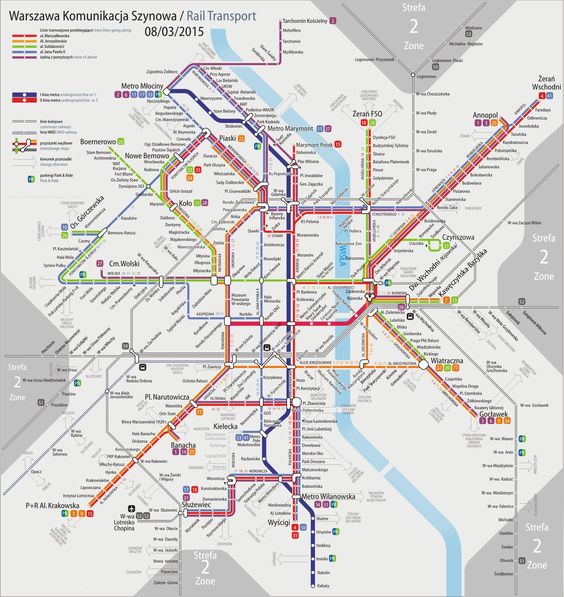

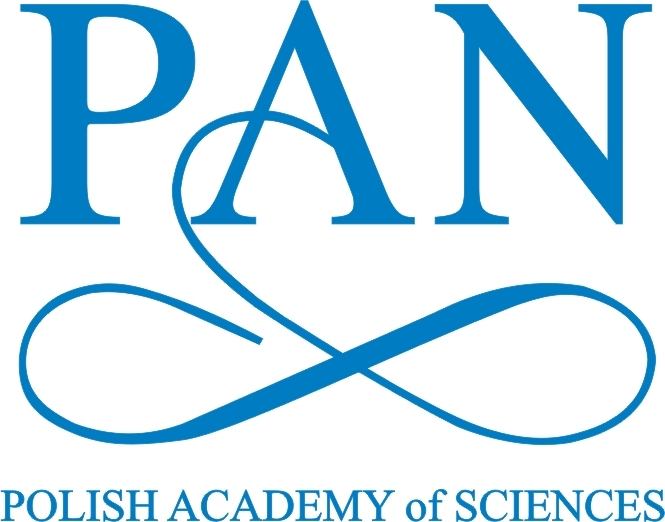
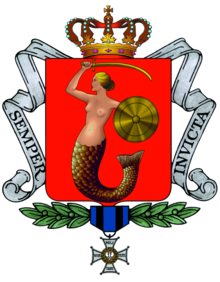 Warsaw is the capital and largest city of Poland. It stands on the Vistula River in east-central Poland, roughly 260 kilometres from the Baltic Sea and 300 kilometres from the Carpathian Mountains. Its population is estimated at 1.750 million residents within a greater metropolitan area of 3.105 million residents, which makes Warsaw the 9th most-populous capital city in the European Union.
Warsaw is the capital and largest city of Poland. It stands on the Vistula River in east-central Poland, roughly 260 kilometres from the Baltic Sea and 300 kilometres from the Carpathian Mountains. Its population is estimated at 1.750 million residents within a greater metropolitan area of 3.105 million residents, which makes Warsaw the 9th most-populous capital city in the European Union.
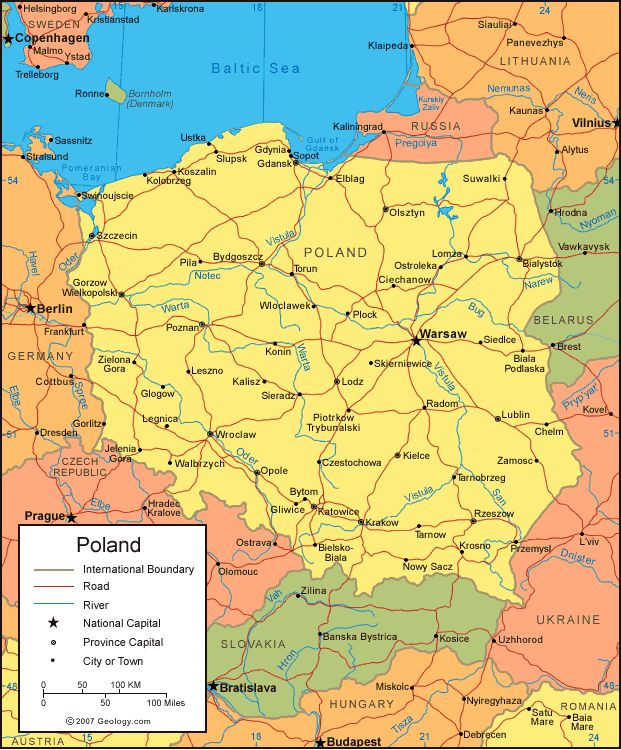
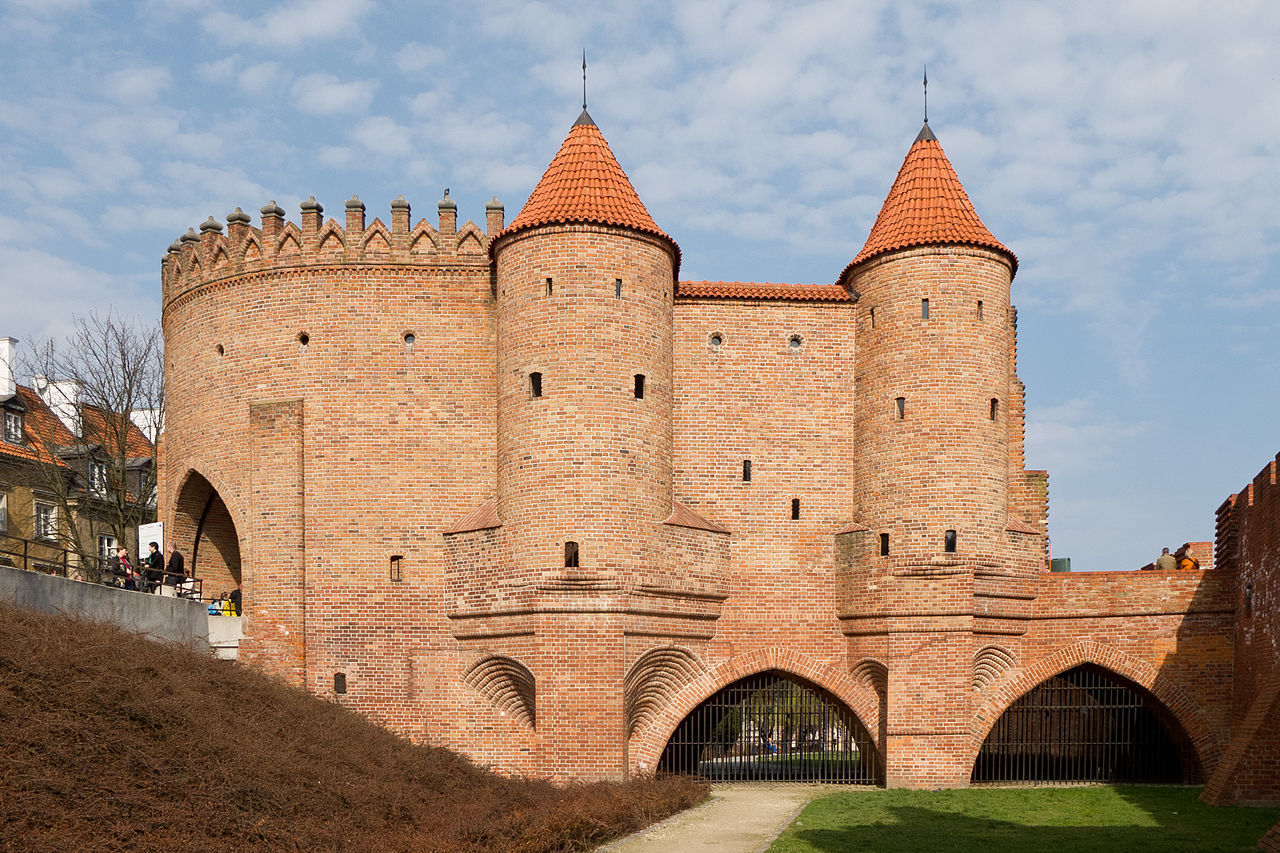
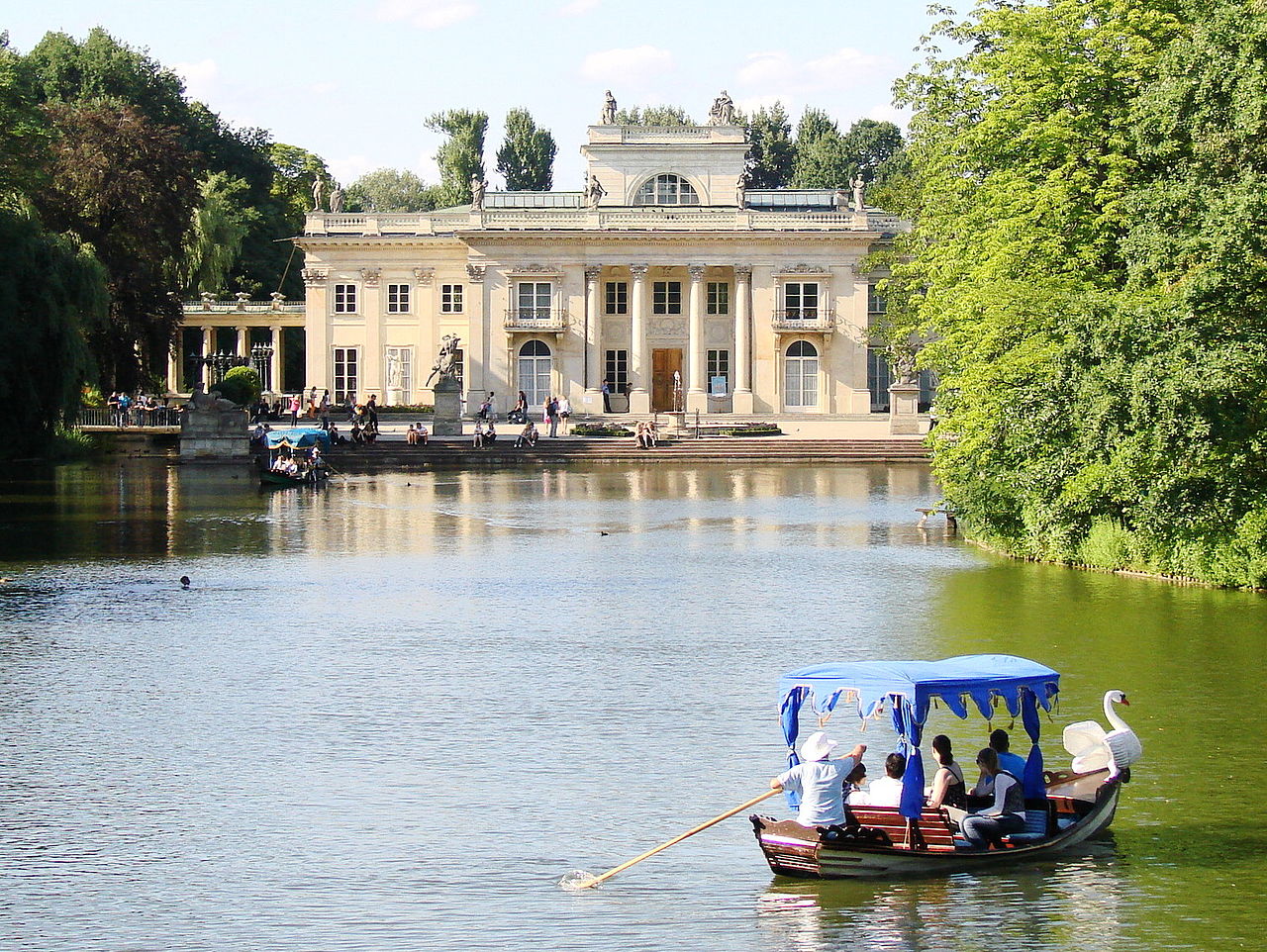
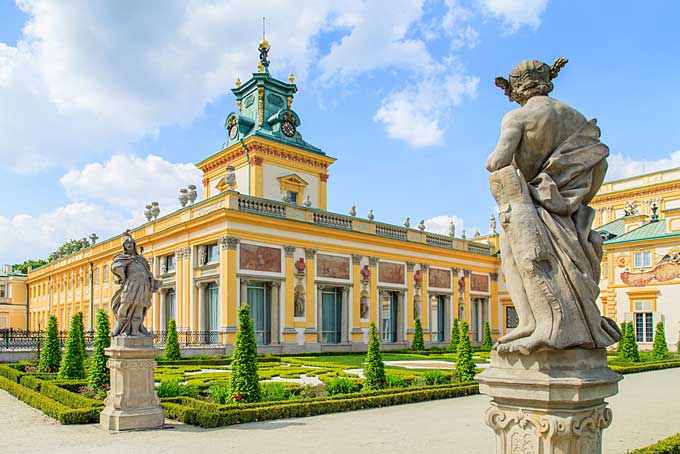
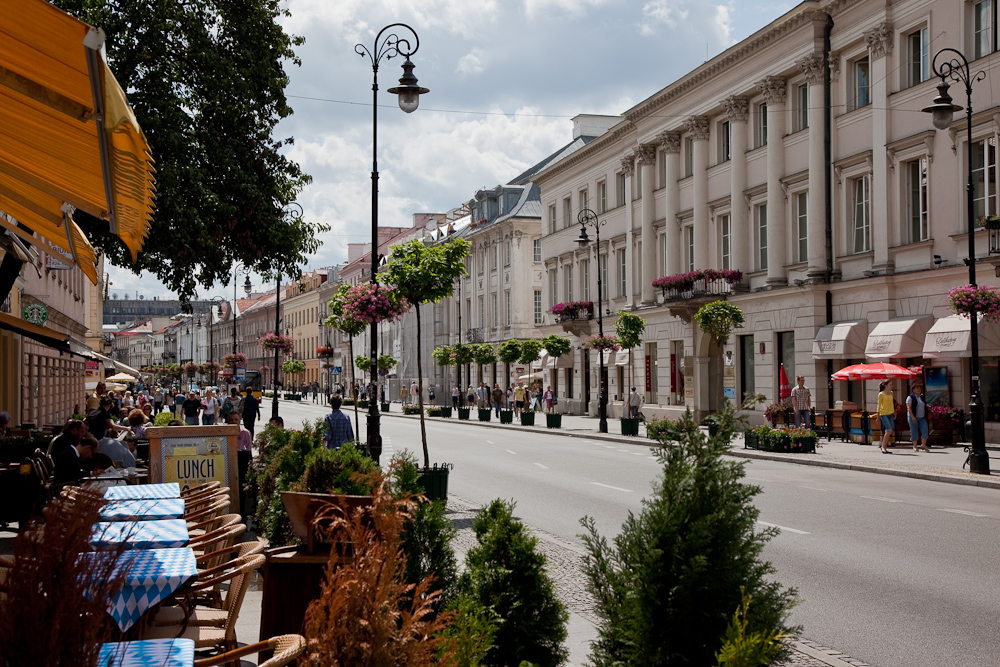
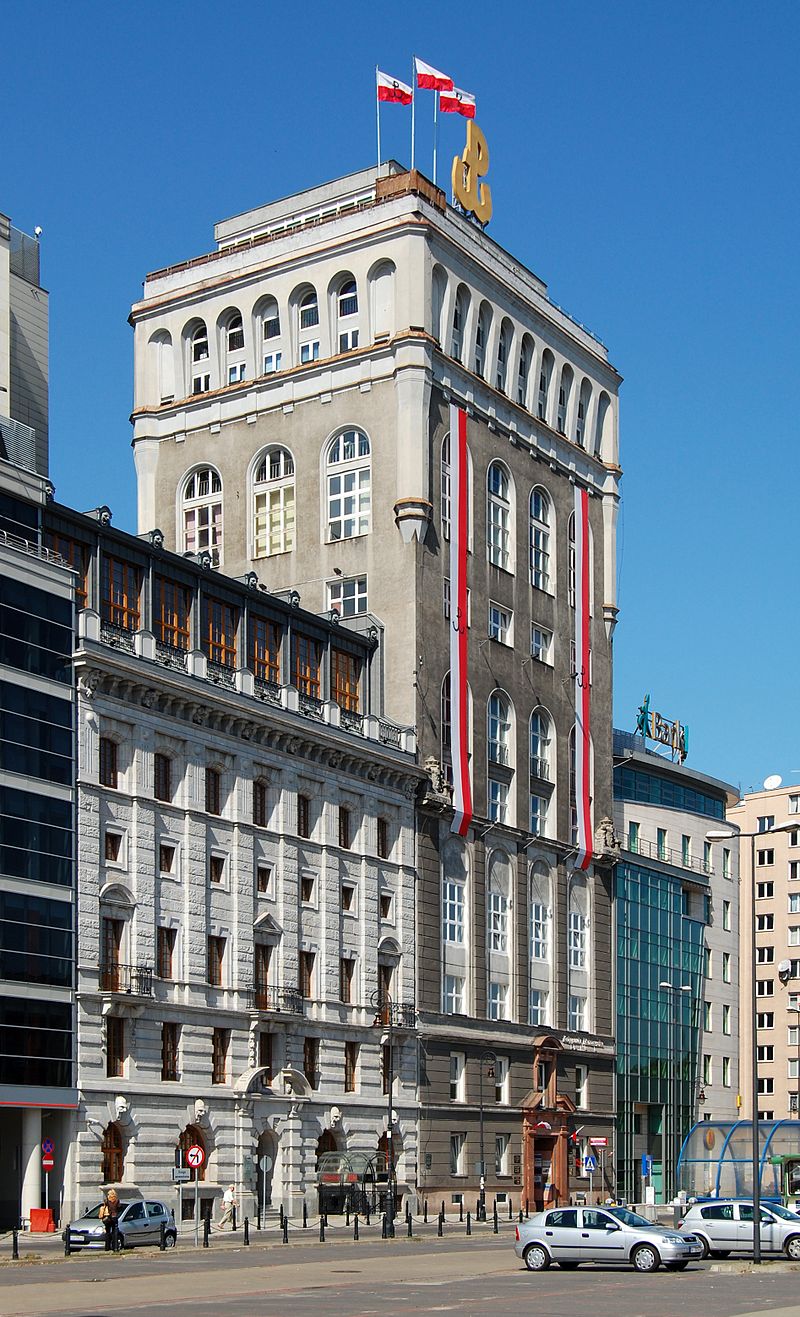
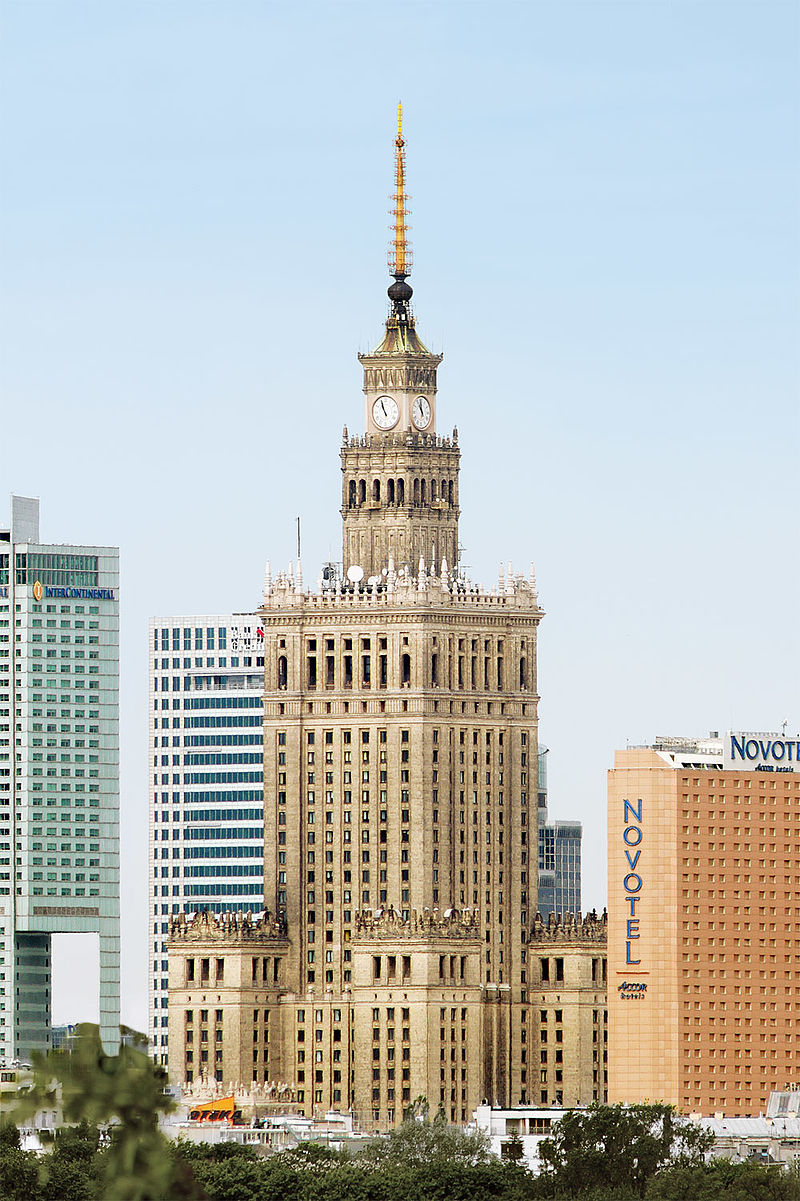
 +48 (22) 182 61 00
+48 (22) 182 61 00 +48 (22) 182 70 50
+48 (22) 182 70 50 Email:
Email:  (750kb)
(750kb)
